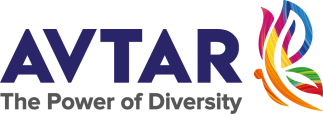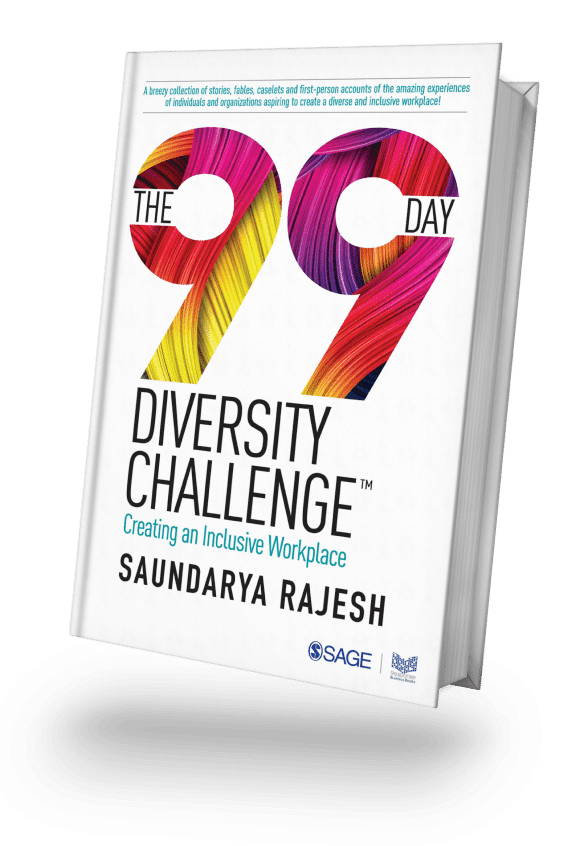There are over 100 biases that exist in one form or the other in our world not limiting to the corporate environment. These are deeply rooted in the structure of our brains. In our experience working with organizations that demonstrate intentionality in building inclusive workplaces, biases can be categorized within the 12 broad categories.We call them the ‘Dirty Dozen’.
Organizations also experience specific biases.
Ageism bias: It refers to discrimination or stereotyping based on age. Most older members of the organization face this discrimination. Studies have proved that over 60% of the workers over 45 years of age have faced this bias at the workplace. It manifests during promotions when older team members are not considered. The preference is for younger employees for the reason that older members do not have an adequate runway.
Heuristic Bias: Heuristics are mental shortcuts that help us make decisions more efficiently. They come to the fore when we have limited time and information. As a result, it can lead to a bias because we rely on our emotions to make decisionsthat may not always be accurate or fair. Heuristic bias can be seen more commonly during interviews when a candidate offends a recruiter with an off-handed comment unintentionally. The recruiter decides to reject the candidate, though they are qualified because the comment reminds them of something unpleasant.
Barriers in DEI journey
Unconscious biases have an influence on our beliefs and the way we behave. It can affect the way we hire, interact with colleagues, and make business decisions. When not addressed appropriately on time, they can negatively impact workplace culture and team performance. These biases form a barrier for the DEI strategies, and when the rubber hits the road, the initiatives fall by the wayside. When the initiatives lose traction, employees do not see the results, losing interest and faith in the process.
Hidden in the job description
Recruitment decisions get influenced by bias and lead to imbalances in the hiring process, resulting in uniformity in the workplace instead of diversity. Building awareness around hiring bias can be the starting point. Use of appropriate language during the process of writing job descriptions – gender-neutral titles, use of pronouns, etc. Limiting the use of terms like must-have and preferablehelps. Focus on the must-haves and drop the nice to have. During the selection interview, share the company’s DEI statement and values. Ensure that the selection panel is diverse and well-trained in the use of appropriate language. Blinding the resumes has also helped in eliminating bias. During the salary negotiation process, check internal data to ensure there is no gender pay gap.
Women face more bias
Data and studies prove that women are subjected to bias more often than men. Employers in STEM fields are likely to rate male applicants higher than female candidates with identical resumes— an example of gender bias in hiring. During promotions, women may not be preferred due to the stereotypes around work-life balance, mobility, leadership style, etc. Women walk on a tight rope between performance and potential, ending up having to prove themselves more often than men. There is a gender pay gap in several organizations. It results in fewer women in leadership roles, and many drop out at the mid-point.
Addressing bias during remote work
Work from home (WFH) or work from anywhere is here to stay. Organizations need to rework their policies and practices to incorporate this dynamic. Both managers and employees have a role to play. Employees should make it clear to themselves and their families about roles and responsibilities while working from home. Mutual understanding and respect for each other are essential. Employees should communicate the boundaries around work and family time to their managers and stick to it. Learn to push back politely when others are encroaching boundaries. More importantly, practice taking time off and allot self-time.
Take the case of confirmation bias— in remote working situations, managers tend to rely on their judgment and skip others’ points of view to get a job done. Hence, there is an increased chance of interpreting information that conforms to their belief. It gives fewer opportunities for listening to and factoring in other ideas and perspectives.
Managers should have more check-in to understand a team member’s personal and work situations and be empathetic.
Organizations should ensure all the meetings are structured, time-bound, and employees get adequate off-time. They should also watch out for attribution bias —be more aware of the situational influences and stay away from attributing behaviors to the person’s traits.
Steps to mitigate biases
Inclusion and Diversity: Always build a vision and strategy around both inclusion and diversity. Identify your business case, talent case, and culture case for the DEI journey. The focus has to be on empowering the employees and not the distribution of power. Power focuses on action, while empowerment focuses on potential and opportunity. Power is about allocating fixed resources, and empowerment generates new opportunities.
Establish leadership commitment: Leadership commitment should be felt by all employees in the organization. Leaders should articulate the why vs. the what. They should demonstrate an emotional connection along with an intellectual commitment. Having the right tone at the top and at every top, helps to succeed.
Training: Start with self-reflection. Building awareness leading to change in behavior can be an effective tool. Looking at training modules as a development tool and a tick-in-the-box is not good enough. Learning should be accompanied by adapting and monitoring.
Policies and Procedures: Turn plans and vision into action. Weave empowerment assumptions into HR policies for an equitable experience for all. Track results and review what is working and what is not. Have a mechanism to reward and recognize.






